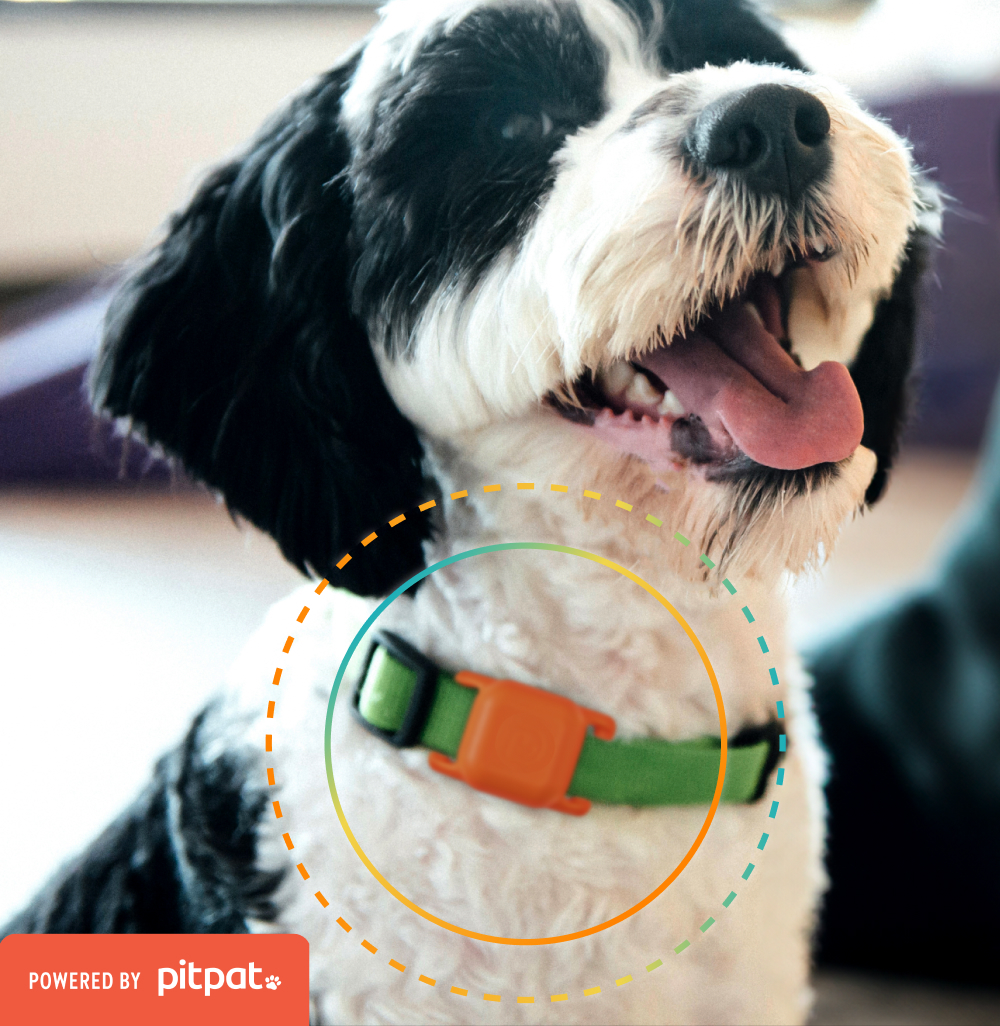Things to Remember When You First Adopt a Dog

Adopting a dog can be exciting but also stressful for both you and your new pooch. There are many things to take into consideration when you bring a new pup home, ranging from how to prepare your house to how to prepare the dog for the big move.
Prepping your house
- Before bringing your dog into the house, make sure to cover all the electrical outlets and try to cover wiring on the floor where it is easier for the dog to reach. Your new dog maybe housebroken but a change in its environment can cause it to forget everything and act unusual.
- Pick a place where your dog will be sleeping and set up their doggy bed or crate there (kitchens and bathrooms with tiled floors are easiest to clean if the dog isn’t housetrained).
- Make sure to clear small objects from the floor that might be easy to chew or drag around. The new dog may not know what it’s supposed to stay away from and might harm itself.
- If you plan on crate training your dog, be sure to have a crate set-up and ready before you bring your new dog home. Make sure that the crate has easy entry and exit for the dog.
- For the first few weeks put all plants, household cleaning products and breakables on high shelves.
- You can use baby gates to limit the access to the house for your new dog. Leave enough space for it to move around and get to know your house but also make sure to check and close any possible escape routes since puppies can squeeze through tight areas.
Training your pooch
- To avoid confusion for your dog, make a standard list of vocabulary that everyone in the house will be using to give commands to the dog. In this way, your dog will learn the commands quickly and take less time to completely settle in.
- Don’t make sudden noises in the house and refrain from taking your dog to parks during first few weeks. Try to keep it quiet and calm. Your dog needs time to get used to being around you in the new environment.
- Don’t leave your dog alone for long periods of time. If you have to spend most of the day out of the house because of work, consider boarding your dog at a 100% supervised facility such as Dogtopia.
- Use patience when training your dog. Don’t give in and pet it whenever it whines to get your attention, instead, be attentive and give treats when it’s behaving in a positive way.
- After your first few weeks with your pooch, take it out for a walk or parks and allow them to interact with different people. They should get used to it before turning 4 months old. This will make them more comfortable being around people and crowds.
Feeding your pooch
- Before you bring your pooch home, make sure to ask about their previous diet and feeding schedule and try to match that schedule and food brand to avoid upsetting your pooch’s routine. If you want to change their eating schedule, split their daily allotment of food and feed them half of it at their typical time and other half at your new time. Start with greater quantity of food in the first section than the other and gradually reverse it until you completely convert the dog to a new eating schedule.
- When changing food brands, put small amount of new brand in the existing brand and gradually increase quantity. This will make it easier for your pooch to adjust to new brand more easily without any eating disorder.
- Always visit a vet when you first get your dog, and then schedule regular ongoing checkups.








